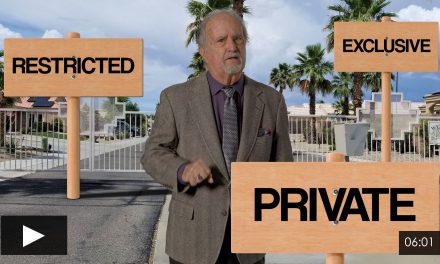Governor Brown’s ambitious affordable housing proposal, which sought to rectify California’s housing supply crisis by exempting urban infill projects from environmental review, faced a wave of vehement opposition. However, the fatal blow came from a surprising source: construction labor unions.
Opposition was expected from the usual troupes touting the California Environmental Quality Act (CEQA), but not from construction labor unions — which, on the surface, seem to be in a position to directly benefit from the proposal. Instead, the unions fought for modifications to the proposal which would establish onerous prevailing wage agreements for the exempt projects. Prevailing wage agreements guarantee union wages for employees, regardless of the size or cost of the project.
The demand for prevailing wage agreements thwarted the proposal’s potential effectiveness by requiring developers to shell out more bucks to meet wage thresholds in addition to typical fixed construction costs, like land and materials. Further, land prices peak when development is made easy — a side effect recently evidenced by San Francisco’s passage of Prop C, which increased costs for developers through affordable housing allocation requirements. Developers with depleted wallets aren’t able to meet higher land prices raised in accordance with demand, thus reducing the overall amount of construction completed (and the amount of homes available to purchase or rent).
The opposing construction unions adamantly refused to compromise on the Governor’s proposal, despite a counteroffer of prevailing wages only for more expensive high-rise projects. In turn, developers relying on specific profit margins from new projects also opposed the proposal, unable to foot the bill for increased land and labor costs.
[dfads params=’groups=37813&limit=1&orderby=random’]
Rounding out the chorus, of course, were not-in-my-backyard (NIMBY) environmentalists clinging to CEQA to refute the proposal. These NIMBYs stand on principle and custom alone, since the proposal indicates only urban land previously zoned for high-density residential construction is exempt — land already determined to be environmentally sound for development.
Thus, the Governor’s proposal is untimely defeated before it even had a chance. Instead, developers seeking room for urban projects are left with ballot measures as a last-ditch effort to circumvent CEQA and meet demand for housing across California’s most populous cities. Without more housing to meet demand, urban residents will have to flee ultra-expensive cities for cheaper abodes — likely abandoning their jobs, to which it costs too much to commute. Businesses, too, will follow the exodus of their employees to preserve their profits and labor force.
And who will lead the pack? Developers. High land and labor costs for urban construction imposed by NIMBYs and labor unions will push developers to suburban and outlying areas in order to sustain functional profits and keep their businesses intact. California’s need for housing supply is reaching its zenith, but with no one to build the housing, urban residents in dire need of housing are out of luck.


















